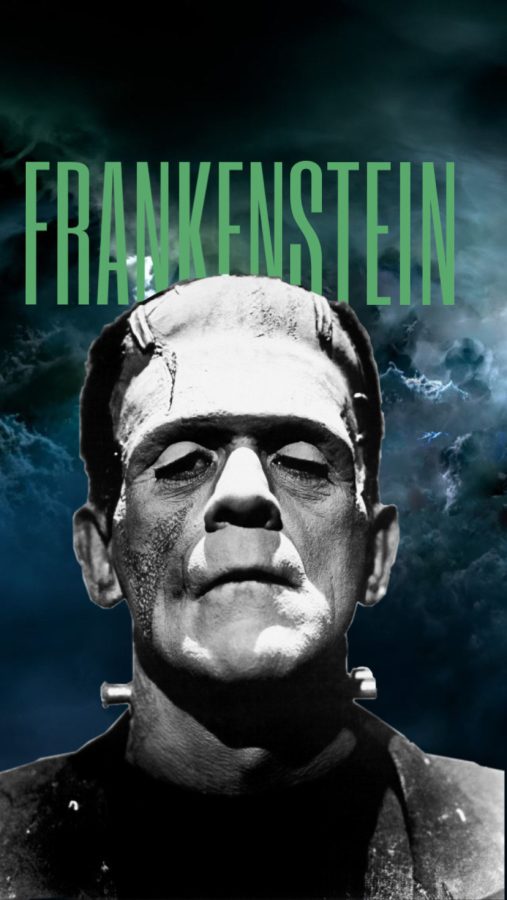Frankenstein (1931)
AFI’s Top 100 Movies (1998)
November 7, 2022
Frankenstein (1931), directed by James Whale, is a classic horror film following the crazed Dr. Henry Frankenstein and his quest to reanimate a dead corpse. He is first seen when he and his lab assistant are digging up dead bodies in a cemetery, collecting limbs and body parts to conduct their experiment. While stealing human brains from the local university, they unknowingly take the brain of a known psychotic killer. Dr. Henry Frankenstein returns to the laboratory, and successfully creates life from his fragmented parts of human remains. However, it resulted in his creation of an uncontrollable monster, who wreaks havoc on the local village.
Following the film’s release, the movie was quite popular with audiences. It created the first visual image of the creature, based on descriptions from the 1818 novel, Frankenstein. However, certain contents within the film were met with controversy.
In the opening scene of this film, the prologue welcomes the audience with a warning for what they are about to endure: “I think it will thrill you. It may shock you. It might even horrify you.” These sentiments were found to be true in most audiences. Released on November 21, 1931, Hollywood was in what was known as the Pre-Code era. Movies were not being strictly reviewed for content censorship until the mid to late 1930’s, which led to the release of certain storylines and films that contained disturbing and offensive material.
Within Frankenstein, audiences found certain scenes and lines appalling. For example, Dr. Frankenstein’s famed line, “Oh in the name of God, now I know what it feels like to be God!”, sparked dissent from audiences who didn’t like Henry’s comparison to God. In another famous scene, Frankenstein’s monster unknowingly murders a young girl, Maria, by throwing her into a pond. Of the whole movie, this scene was found to be the most controversial. People found it overly horrific and unnerving, and so the scene ceased from being shown in new releases of the film. From 1938-1985, only the censored version of Frankenstein was shown to audiences, which did not include either the death scene of Maria or Dr. Frankenstein’s famous line.
Based on Mary Wollstonecraft Shelley’s novel in 1818, this film adaptation of Frankenstein created the famous pop-culture image of Frankenstein’s monster. This was one of the first films to tell the story of Frankenstein, apart from several silent films from the beginning of the century. James Whale and the production crew attempted to recreate the monster from the descriptions in the novel, with a few changes. In the novel, Shelly describes Frankenstein’s monster with loose, yellow-toned skin. In this film version, the creature is seen with a green skin tone, a square head, and stitching across its body. This film displayed the first ever visual representation of Frankenstein’s monster, which has since then been used as the face of this creature in later media.
This classic rendition of the novel was thrillingly entertaining, despite the scenes audiences claimed were overly horrifying and contentious. It also established the classic image of Frankenstein’s creature, which will forever be credited to the production crew of this vintage film.
For the next movie on AFI’s Top 100 Movies, I will be watching Alan J. Pakula’s All the President’s Men.



